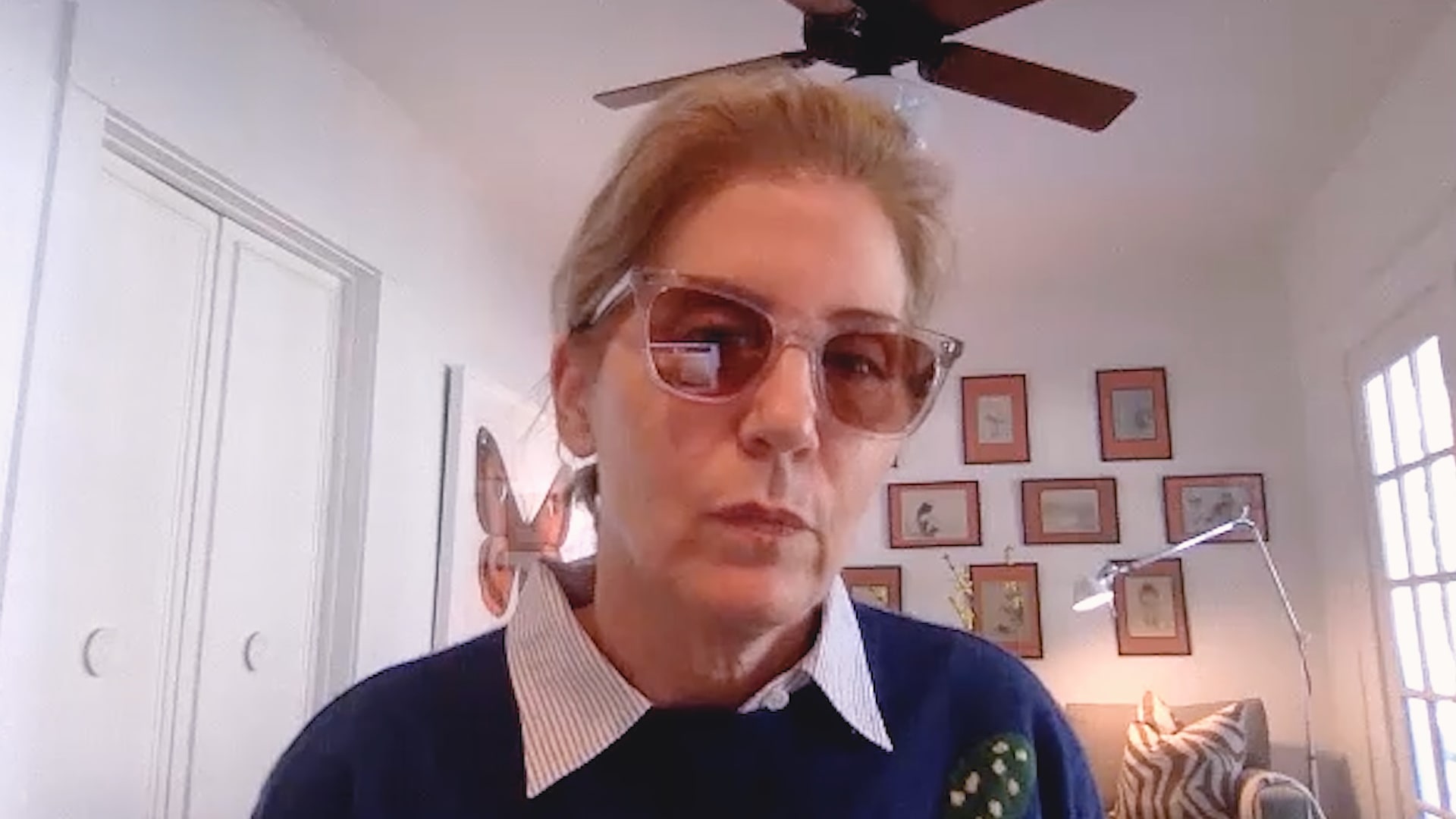
US versus European Brand Building
Former Chief Marketing Officer at Bottega Veneta, Kering
inpractise.com/articles/luxury-brands-usa-eu
Why is this interview interesting?
- Comparison of how Europeans approach building luxury brands versus American companies
Lisa Pomerantz
Former Chief Marketing Officer at Bottega Veneta, Kering
Interview Transcript
How do the European brand houses roll out those entry products to recruit consumers? It seems, with the US brands, to get into the mass market or to grow a business, to a large extent, you have to go down that price point ticket, to capture the mass consumer. How do the brands, the Louis Vuitton, Bottega, the European brands, get that entry point or recruit that younger customer, into the brand?
Very carefully, very thoughtfully. Firstly, starting with the brand promise and what is authentic. Looking at the landscape and where there is opportunity. That includes, what are the styles, what are people looking for? What seems to be trending? Most recently, it’s been the smaller, cross-body bag. When everyone started to have a cell phone in their hand, all of a sudden, hands free became critical. This cross-body bag was everywhere, where you could have a way to put the bag across your body. This then led to a smaller, almost like a wallet on a chain idea, which then allowed the luxury players to have an entry price point. What I appreciate is that they don’t come at it from, how can we make more money; let’s just make up this thing and put it out there. They’re very thoughtful about, what’s going in today’s world that we could participate in, that would allow us to do this, but only in the most authentic way, where it’s believable that it’s coming from us. We’re not going to start making yoga mats now, because that’s another thing we could stick our logo on.
I think that there has always been the licensed products and a lot of them are now in-house. Eyewear, fragrance, lipstick, that’s obviously been around for a long time and it’s a great way to start to engage a younger consumer and have them enter into the brand world. The story, the promise of that brand. From there, ideally, you move them up the purchasing frequency and price point. But I also look that a Louis Vuitton, for example, who is selling a lower price point, in a leather good product, through watching and learning and seeing how consumers are evolving and what end use do they need? What are they looking for? All of a sudden, it became the tech toys, so all of the tech accessories, from the phone case with the wallet, where you could put your credit cards, with a chain that comes out, so you can loop it across. Just really keeping their ear to the ground and being globally, constantly, looking at consumer behavior and how you react. Having a very organized supply chain vertical, where you can quickly bring product to market. That is also important.
When they market these things, it’s very much under the guise of the overarching brand DNA. It’s not a product that’s pulled out, per se, and marketed to you. It’s very subtle in the way they always include it under the umbrella of the bigger brand promise. Whereas, I would say, the Americans are far more likely to focus specifically on that item and really drive it home until they’ve sold the numbers. One could argue, well, the money that’s made could be the same and maybe it’s faster here or slower there. But I always question, then, how are you denigrating the brand? If anything, that your most valuable asset is your brand – brand story, brand promise – and your customer. If, in any way, shape or form, you are eroding the authenticity and the credibility, long term, you are going to have a problem.
Copyright Notice
This document may not be reproduced, distributed, or transmitted in any form or by any means including resale of any part, unauthorised distribution to a third party or other electronic methods, without the prior written permission of IP 1 Ltd.
IP 1 Ltd, trading as In Practise (herein referred to as "IP") is a company registered in England and Wales and is not a registered investment advisor or broker-dealer, and is not licensed nor qualified to provide investment advice.
In Practise reserves all copyright, intellectual and other property rights in the Content. The information published in this transcript (“Content”) is for information purposes only and should not be used as the sole basis for making any investment decision. Information provided by IP is to be used as an educational tool and nothing in this Content shall be construed as an offer, recommendation or solicitation regarding any financial product, service or management of investments or securities.
© 2025 IP 1 Ltd. All rights reserved.


